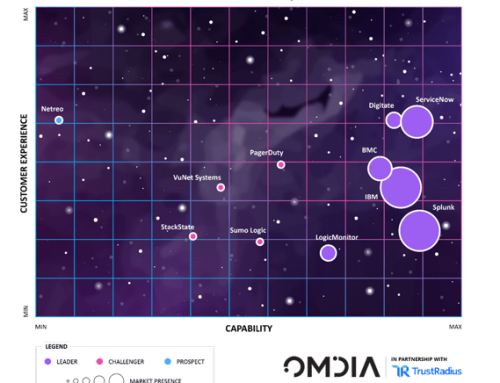The Victorian poet Victoria Rossetti asked: “Who has seen the wind? / Neither I nor you / But when the leaves hang trembling, / The wind is passing through.”
That’s often how it feels when trying to assess the direct influence of industry analysts over individual enterprise deals. You know it’s there, you can feel it, you can measure its strength – but you can’t actually touch it.
Yet measuring direct analyst influence is a critical objective for Analyst Relations teams, with the sub-text being: “Can you justify all the time, effort and money we’re spending on talking to industry analysts, by proving that they really are linked to deals?”
The comprehensive approach is to conduct an in-depth survey. This will deliver a weighty tome that can be used to satisfy executives but can be lengthy, time-consuming, and expensive. Yet although such a survey is undoubtedly useful in taking the temperature of analysts towards a vendor, it can still yield inconclusive results: even when you talk to industry analysts on a one-to-one basis, they still cannot disclose details of exactly which deals they’ve been involved with – and truth be told, they don’t always know whether clients did exactly as advised.
As you investigate this tangle of influence, it’s possible to also use inquiries and even vendor briefings to find out more. This usually comes in the form of a hint from an analyst that they’re already quite familiar with one of your flagship reference customer deals – by which stage it’s too late, anyway, although useful to remember for your customer’s contractual renewal phase.
As an alternative to measurement, many vendors have turned to metrics to track analyst influence. The logic behind this: If you’ve properly tiered your analysts (another story in itself) to concentrate on those deal makers and breakers, then frequent touchpoints will keep your offerings top-of-mind. It’s a good argument, but not exactly scientific and still hit-and-miss.
Heavyweight analyst firm Gartner publishes a tantalizing set of statistics on a quarterly basis – showing its hand in enterprise deals. Inquiry Analytics statistics – available to subscribers – break deals down into various stages, from top-of-funnel through to RFP/Vendor selection, as well as contract negotiation and a final category called implementation/deployment. With a few clicks, vendors can find out how often they’ve been mentioned – and critically, see other vendors who were also named in the same inquiry.
What Gartner doesn’t share, of course, are customer names. Nor can you tell whether a vendor’s name was brought up a potential customer, or the analyst. But with vendor selection accounting for almost a quarter of the inquiries, and more than 2500 line items for contract negotiation in a single quarter, it’s a clear indication that there may be more than just a vendor and a customer involved in closing a deal.
For vendors, combing through the last quarter’s statistics from Gartner can yield some fascinating insights – especially when this data is shared with sales leads. We’ve seen plenty of examples where it’s been possible to trace back individual deals – and some raised eyebrows from executives when they’ve learned that their customer was also engaged in parallel negotiations with an arch-rival.
Since it has the lion’s share of the enterprise advisory market, Gartner’s stats are a good place to start looking, for anyone who is facing the challenge of evaluating industry analyst influence. And if you need help in hunting for those needles in the haystack, we’re here to help.







